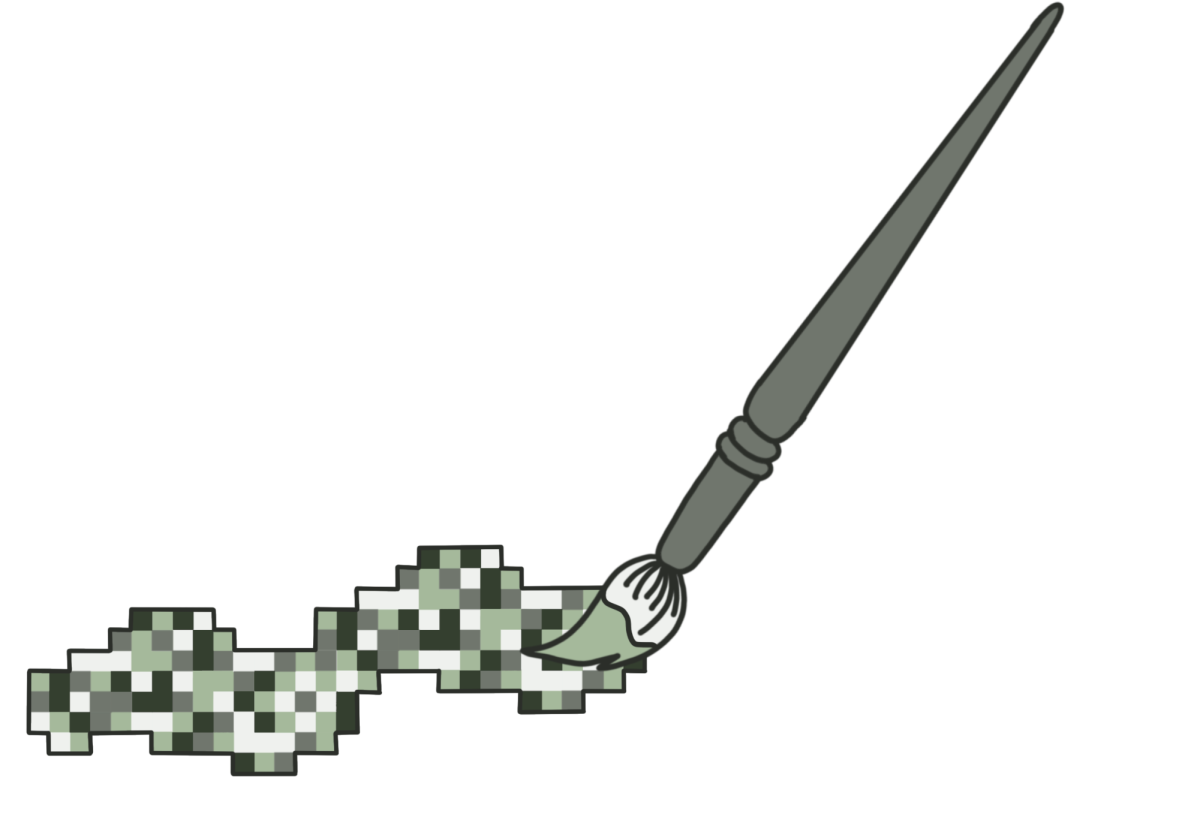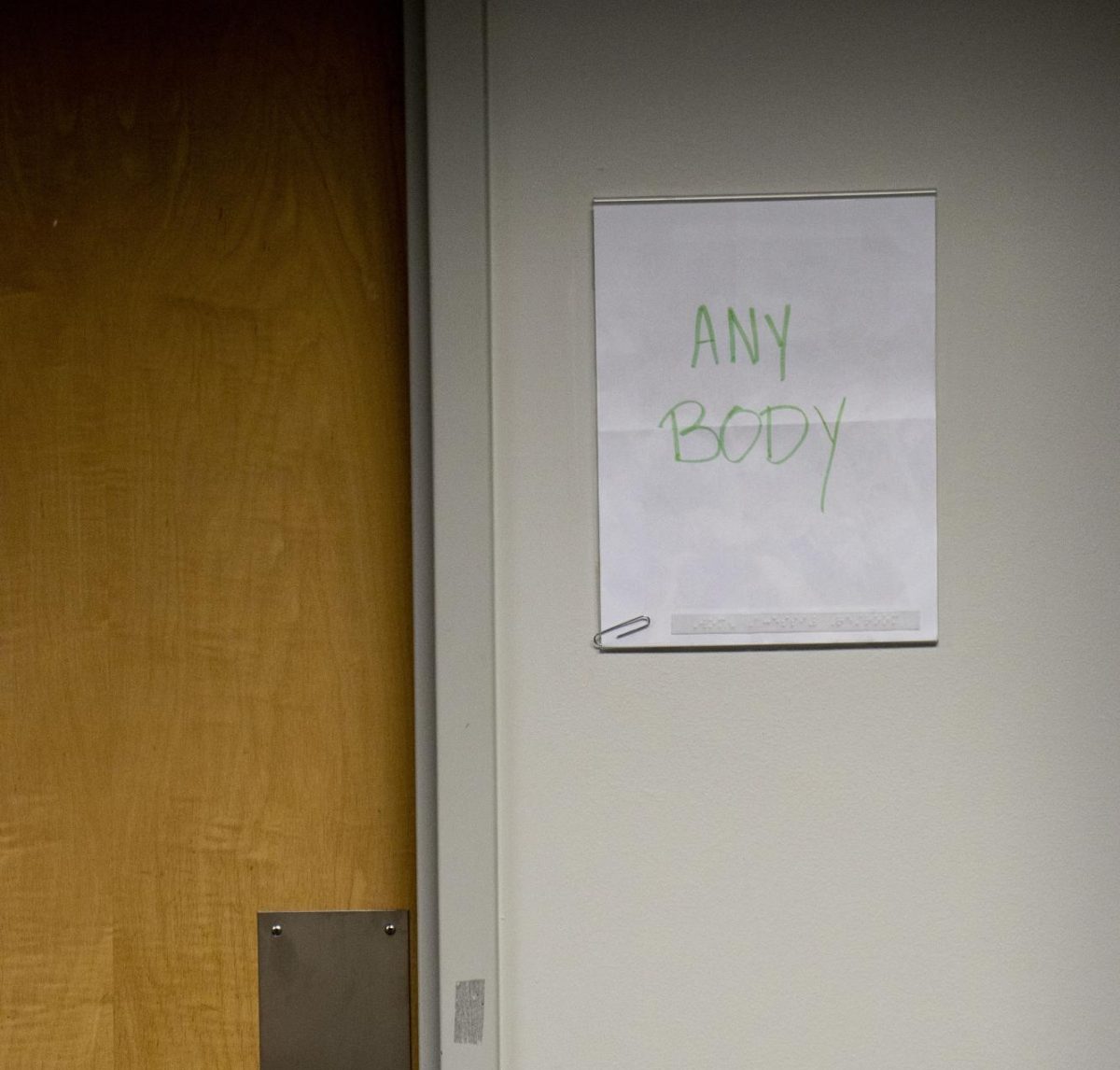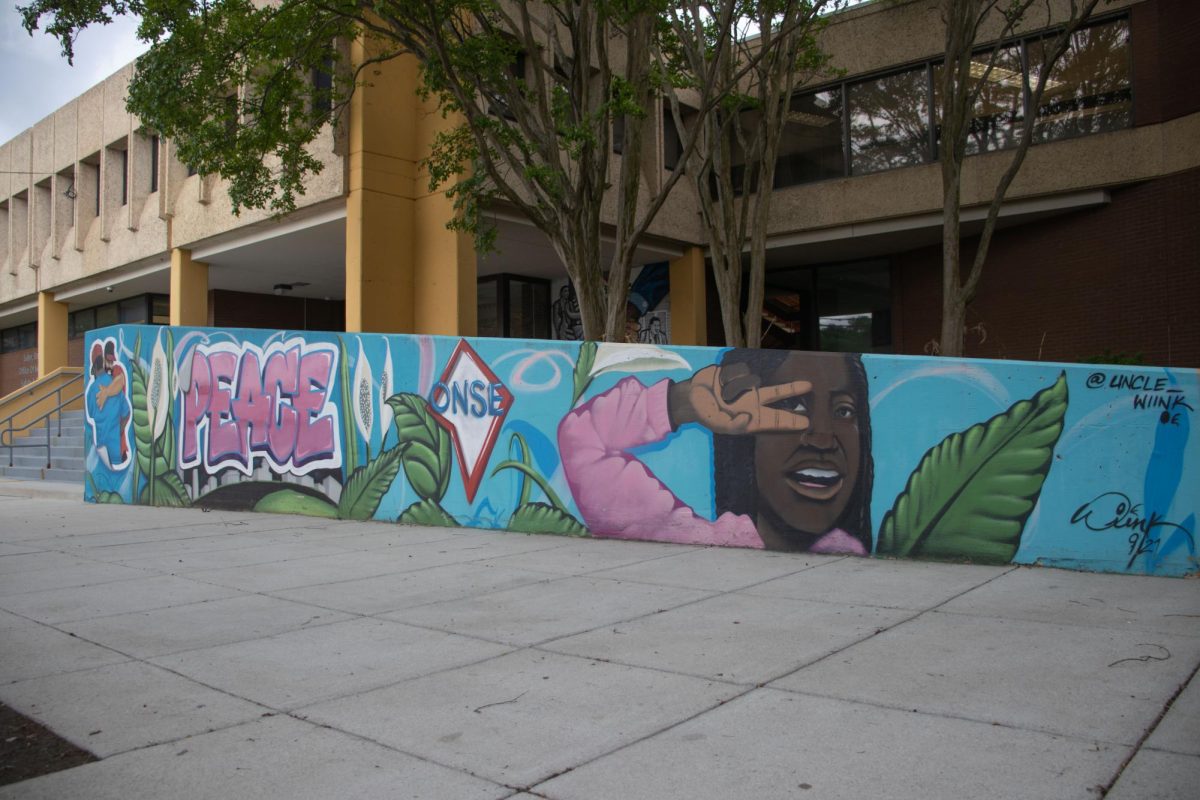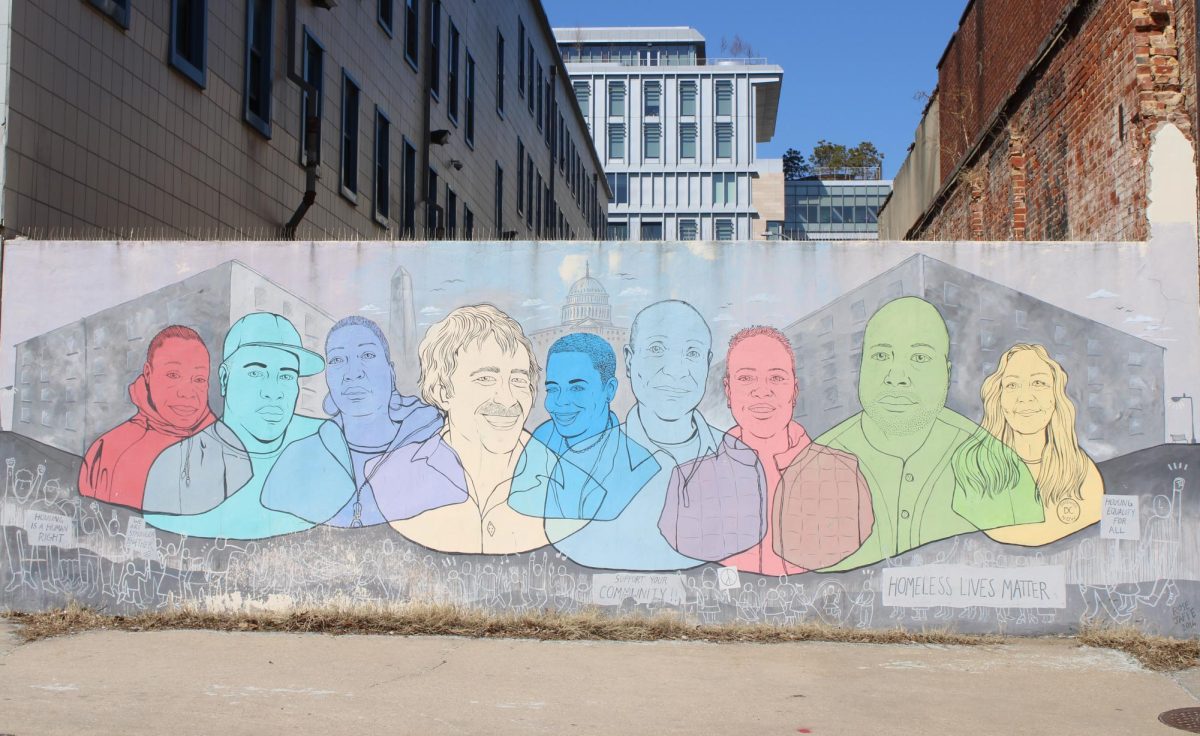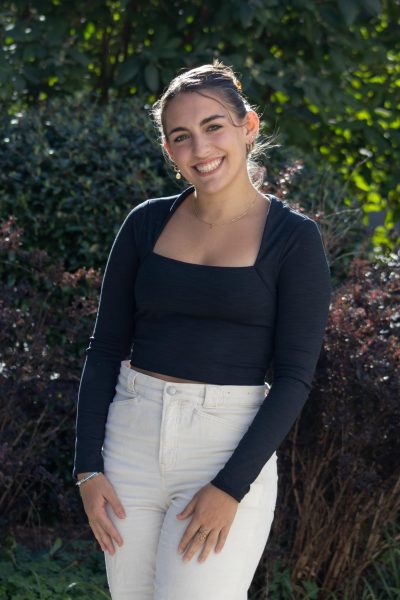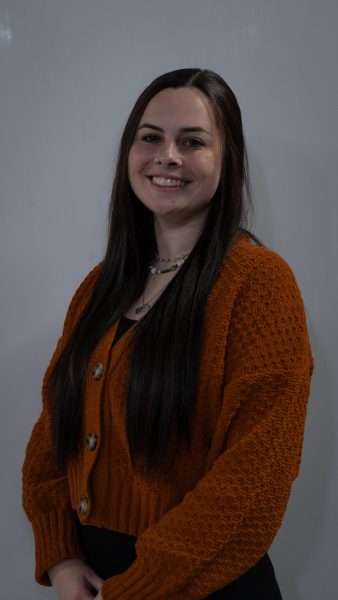Students are considering the impacts of artificial intelligence on the arts after a Jan. 17 newsletter from American University’s Career Center featured an image generated using AI software.
The artwork caused students to raise questions about the school’s AI policies and consider how they impact their future careers. Without concrete rules surrounding AI software, the Career Center’s usage of AI caused students to challenge when AI usage is acceptable.
Ifeta Kahvedzic, assistant director of marketing and communications at the Career Center, said she generated the image using the Adobe Firefly AI tool, before refining and editing it using Adobe Illustrator and Photoshop.
“I want to emphasize that I am the one who has not only created artwork, but also conceptualized it, utilizing various techniques, including those involving AI,” Kahvedzic said in an email to AWOL.
Sophomore Sofia Soler-Baillo is a member of the Art Club at AU and focuses on digital art. She said she was concerned about the Career Center publishing AI-generated work while the university is trying to enforce AI usage policies.
“We have a huge art department, so I would think you would want to use a graphic designer from that department,” Soler-Baillo said.
Although AU has no set guidelines about the usage of AI, AU encourages the use of AI in higher education settings as it will likely become an integral aspect of life, according to the Center for Teaching, Research & Learning’s faculty resources page. However, AI’s capabilities are fairly limited, according to the center, and AU recommends that professors employ strategies that allow their students to reflect on the learning process and understand the core of the material.
Soler-Baillo said she hopes to see more guidelines enacted around the topic of AI usage, whether that is at the campus level or nationally.
Lizzie Varner, a first-year in the Art Club at AU, said there are ethical concerns with the university integrating AI into art without being able to accredit the work. This provokes questions of copyright and legality in terms of what constitutes original work or not, she said.
Elizabeth Romig, director of career education and outreach at the Career Center, said she has experience working with AI, and helping students understand how they can utilize AI in the job market. She said the Career Center is constantly trying to keep up with expansion in AI software.
“It’s challenging to be developing policies as the technology is developing too, and national policies have not been developed,” Romig said.
Romig said the Career Center is trying to model ethical AI usage in an ever-developing technological world. She said the Career Center wanted to show that AI art could be used as inspiration to further enhance the artist’s original work.
“There’s fear about loss of jobs,” Romig said. “There’s fear about technology just being challenging, confusing. We’re just trying to make clear in our education with students the possibilities of [AI].”
According to AU’s CTRL website, AI sources should be viewed as a tool that encourages learning, and schools should provide students with the skills they will require as AI technology becomes more ingrained in society.
First-year Charles Herman is passionate about photography and AI integration in education. He said AI in art is similar to using Photoshop for photography, so he uses AI technology as a tool in his artwork.
Herman spoke at AU’s annual Ann Ferren Conference where the topic was “Belonging and Connection in the Age of Artificial Intelligence.”
“To me, generative AI should be introduced as a learning tool for students but not as a replacement for our thoughts or ideas,” Herman said at the conference.
Herman said while there is a lot of fear surrounding this issue, we should not be oppositional to it, as it will likely become part of our everyday lives.
Herman said universities and software companies have a responsibility to educate students on proper AI usage. This would ensure that students are using all the resources available to them and reaching their full potential through the help of AI, he said. At the same time, AI usage should not compromise students’ ability to generate original ideas, Herman said at the conference.
“We need to teach students how to use it responsibly, and to not allow for it to take their original idea processing away,” Herman said.
Herman said he thinks using AI technology is similar to using Photoshop. AI, like Photoshop, can be a tool used to refine your work in order to produce the optimal product, he said.
Kyle Hackett, an assistant professor teaching in the art program, said the dangers of AI technology can be avoided by being aware of the advantages and disadvantages that accompany the use of AI software.
“It’s more about figuring out the conditions and timing of when to use it, if you choose to use that as a tool to support your practice or even brainstorming,” Hackett said.
Hackett said he is unsure if AI will become a standard practice within the arts, but believes it is something artists should learn how to use responsibly. Hackett said it is important to recognize when there is a substantial need for generative AI, compared to a need to expedite the art process.
“The only thing you have is your voice, and that’s the thing I don’t necessarily think AI can help,” Hackett said.
Hackett said the future of AI integration is unknown but could become integrated into society.
“I can’t say that I’m convinced yet that it will be a standard thing,” Hackett said. “I do think that it’s something that we have to bring awareness on how to responsibly use, so we don’t undermine the individuality, the uniqueness, and forget to slow down and process the world.”
Hope Hamerslough, a junior minoring in studio art, said AI can be viewed as a tool in artwork. She said AI inspires an artist’s original ideas and work, similar to the way famous creations influenced artists before them.
“In art, we’re constantly working with other artists or referencing other art to inform our own practices,” Hamerslough said.
Hamerslough said AI does not have the same capabilities humans do when it comes to art.
“There’s this fundamental human aspect of artwork and literature, and this self that accompanies every work and every piece, and I think that is something that can’t be stripped away,” Hamerslough said.
Soler-Baillo also said AI can be viewed as a tool, but she said she was concerned that the Career Center released the artwork with no acknowledgment of AI usage.
Soler-Baillo said guardrails need to be implemented for AI usage so there is still a human component.
But, Soler-Baillo said it is important to build off of the concepts AI generates and ensure there is still an aspect of humanity.
“AI has its limits,” she said. “It’s learning, but at the same time you need that human input.”
Correction: Elizabeth Romig was attributed as saying the Career Center intended to portray AI as an efficiency tool in an earlier version of this story. That attribution has since been removed at her request.


